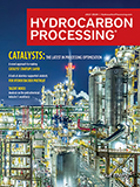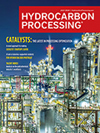Galveston Bay refinery creates home for wildlife
“In early 2017 we held
The pond is located just outside the GBR fence line, where 5th Avenue North and 29th Street intersect. H.E.A.R.T. members met with the construction team and implemented a few changes, with the primary objective to encourage local wild duck species to nest in or around the pond. A secondary objective was to provide a wild space so that other animals, such as
CHANGES INCLUDE:
- Installing a low protective barrier instead of a tall
fenceand a circular drive to allow easier wildlife viewing. - Changing the management of the pond to allow for some standing water to encourage duck nesting, and installing three aerators to oxygenate the water and
preventmosquito growth. - Installing four Black-bellied
Whistling Duck nesting boxes. - Implementing a controlled mowing and vegetation maintenance plan to allow for the growth of aquatic plants, which provide food and cover for pond wildlife.
The project has been a great success. Within days of adding water to the pond in late March, migrating ducks arrived, says Hardee. Aquatic plants began to grow;
Then, in late May, a Black-bellied Whistling Duck was roosting on top of a nesting box, which is often an indicator that birds are nesting in the box. A few days later, four baby ducks were seen swimming behind their parents. In addition, Eastern Bluebirds seem to be using a duck nesting box. “Bluebirds are cavity nesters that usually occupy much smaller homes,” adds Hardee. “






Comments